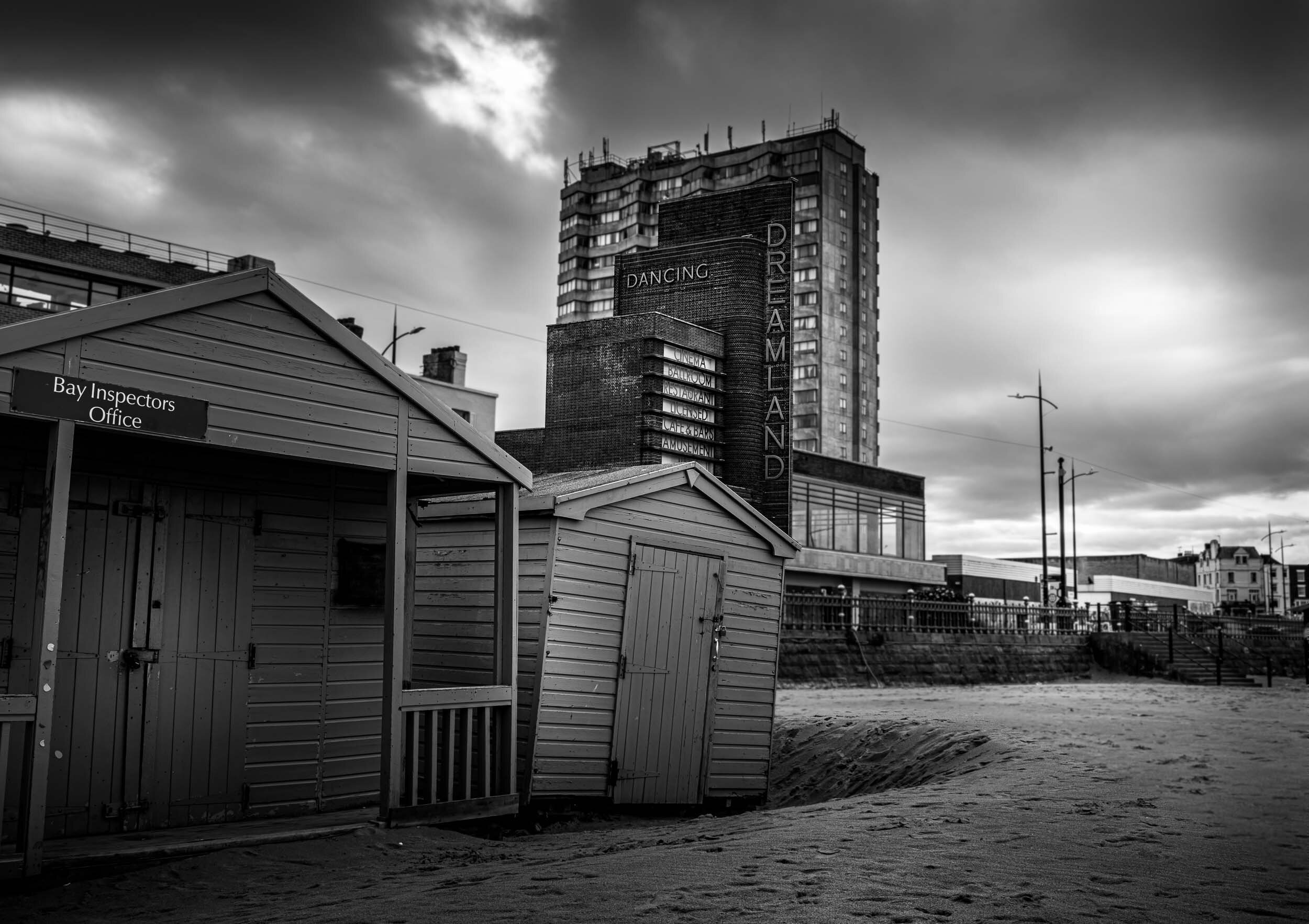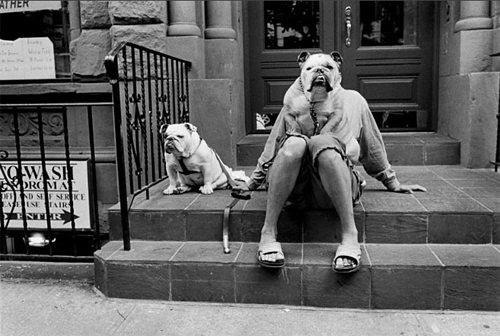Some Ideas on Street Photographers You Need To Know
The 30-Second Trick For Street Photographers
Table of ContentsRumored Buzz on Street PhotographersRumored Buzz on Street PhotographersThe Definitive Guide for Street PhotographersThe 7-Second Trick For Street PhotographersNot known Details About Street Photographers
Road professional photographers do not necessarily have a social function in mind, however they like to separate and record minutes which could or else go undetected.Though he was influenced by a lot of those who influenced the road photographers of the 1950s and '60s, he was not chiefly thinking about catching the spirit of the street. The impulse to aesthetically document individuals in public began with 19th-century painters such as Edgar Degas, douard Manet, and Henri de Toulouse-Lautrec, who worked side by side with digital photographers attempting to capture the significance of metropolitan life.

Offered the fine high quality of his pictures and the breadth of material, architects and musicians typically got Atget's prints to use as recommendation for their own job, though business rate of interests were hardly his primary inspiration. Instead, he was driven to photo every last residue of the Paris he enjoyed. The mingled passion and seriousness of his goal sparkle through, resulting in photos that tell his own experience of the city, high qualities that anticipated road photography of the 20th century.
Street Photographers Things To Know Before You Get This
They expose the city through his eyes. His job and fundamental understanding of photography as an art kind acted as inspiration to generations of photographers that adhered to. The future generation of road photographers, though they likely did not describe themselves therefore, was ushered in by the photojournalism of Hungarian-born professional photographer Andr Kertsz.
Unlike his peers, Brassa made use of a larger-format Voigtlnder video camera with a much longer direct exposure time, requiring him to be extra computed and thoughtful in his method than he could have been if using a Leica.
Cartier-Bresson was a champion of the Leica camera and among the very first professional photographers to optimize its capabilities. The Leica enabled the professional photographer to communicate with the surroundings and to capture minutes as they happened - Street Photographers. Its relatively little dimension likewise aided the photographer fade into the background, which was Cartier-Bresson's recommended strategy
Our Street Photographers Diaries
It is due to this basic understanding of the art of image taking that he is commonly credited with uncovering the tool throughout once again roughly a century since its development. He took pictures for more than a half century and affected generations of photographers to trust their eye and instinct in the minute.
These are the questions I will try to answer: And after that I'll leave you with my very own definition of street photography. Yes, we do. Let's start with defining what a definition is: According to it is: "The act of specifying, or of making something certain, distinctive, or clear".
No, absolutely not. The term is both limiting and misleading. find out this here Seems like a street digital photography ought to be images of a streets ideal?! And all street digital photographers, besides a handful of outright beginners, will totally appreciate that a street is not the vital component to road photography, and really if it's a photo of a street with perhaps a couple of boring people doing absolutely nothing of interest, that's not road digital photography that's a snapshot of a road.
He makes a valid point don't you assume? However, while I agree with him I'm unsure "honest public digital photography" will catch on (although I do sort of like the term "candid photography") since "road photography" has been around next for a this long period of time, with many masters' names affixed to it, so I think the term is below to remain.
All about Street Photographers
You can shoot at the beach, at a festival, in a street, in a park, in a piazza, in a coffee shop, at a gallery or art gallery, in a city station, at an event, on a bridge, under a bridge ...
Yes, I'm afraid we have no choice! Without rules we can not have a definition, and without a definition we do not have a style, and without a category we don't have anything to define what we do, and so we are stuck in a "regulations interpretation category" loop! - Street Photographers
What Does Street Photographers Mean?
